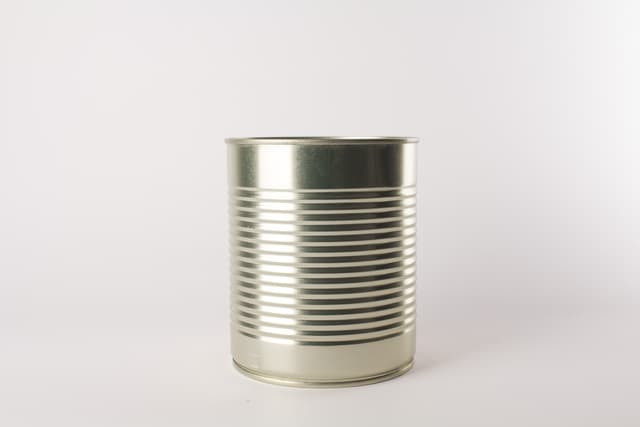Micro-organisms living on food: plan and do (non-statutory)
I can predict what happens when food is left to decompose over time.
Micro-organisms living on food: plan and do (non-statutory)
I can predict what happens when food is left to decompose over time.
These resources will be removed by end of Summer Term 2025.
Switch to our new teaching resources now - designed by teachers and leading subject experts, and tested in classrooms.
These resources were created for remote use during the pandemic and are not designed for classroom teaching.
Lesson details
Key learning points
- Mould is a micro-organism. It is a type of fungus and can be grouped with other fungi including yeast and mushrooms.
- Mould is common in moist materials and food, such as fruit, bread, cheese and meat.
- Mould needs moisture, warmth and nutrients to grow well.
- Mould can be observed growing on food over time, following strict safety rules.
- Scientists make predictions about what will happen based on the evidence they already have.
Keywords
Mould - Mould is a type of fungi which grows and forms a fuzzy coating on organic matter.
Micro-organism - A micro-organism is a very tiny living thing.
Fungi - Fungi are organisms that include moulds, mushrooms, and yeasts. They feed on organic matter, usually from dead things.
Nutrients - Nutrients are important substances that living things use to stay alive and healthy.
Moist - Something that is moist is damp or a little wet.
Common misconception
Pupils may think that mould is a type of plant because of its colour or the way it grows.
Explain that plants make their own food using photosynthesis and mould does not, so it cannot be a plant. Instead, it gets its nutrients from the organic matter that it is growing on. Also, unlike plants, mould does not need light to survive or grow.
To help you plan your year 6 science lesson on: Micro-organisms living on food: plan and do (non-statutory), download all teaching resources for free and adapt to suit your pupils' needs...
To help you plan your year 6 science lesson on: Micro-organisms living on food: plan and do (non-statutory), download all teaching resources for free and adapt to suit your pupils' needs.
The starter quiz will activate and check your pupils' prior knowledge, with versions available both with and without answers in PDF format.
We use learning cycles to break down learning into key concepts or ideas linked to the learning outcome. Each learning cycle features explanations with checks for understanding and practice tasks with feedback. All of this is found in our slide decks, ready for you to download and edit. The practice tasks are also available as printable worksheets and some lessons have additional materials with extra material you might need for teaching the lesson.
The assessment exit quiz will test your pupils' understanding of the key learning points.
Our video is a tool for planning, showing how other teachers might teach the lesson, offering helpful tips, modelled explanations and inspiration for your own delivery in the classroom. Plus, you can set it as homework or revision for pupils and keep their learning on track by sharing an online pupil version of this lesson.
Explore more key stage 2 science lessons from the Why we group and classify living things unit, dive into the full secondary science curriculum, or learn more about lesson planning.

Equipment
See additional materials.
Content guidance
- Risk assessment required - equipment
Supervision
Adult supervision required
Licence
Starter quiz
6 Questions
vertebrates
invertebrates
micro-organisms

Exit quiz
6 Questions






